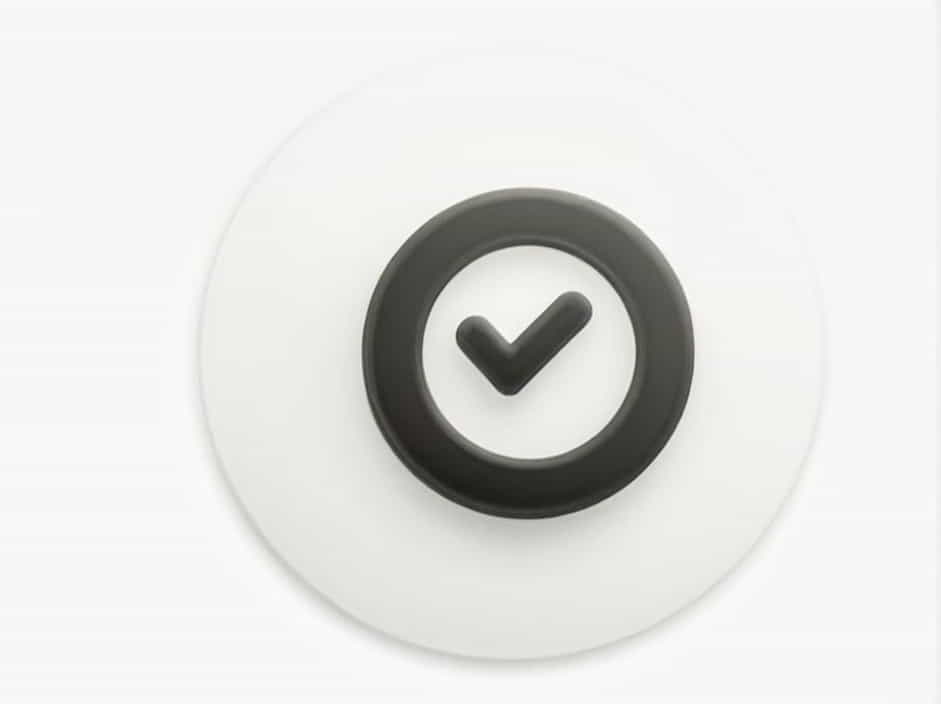The word “jiggly” is a fun and descriptive term used in everyday language. It often describes something that moves or shakes in a loose, wobbly, or bouncy way. But where did this word come from, and how is it used in different contexts?
In this topic, we will explore the meaning, origin, and usage of “jiggly”, along with examples and related words.
Definition of Jiggly
1. What Does Jiggly Mean?
The adjective “jiggly” describes something that shakes, wobbles, or moves in a bouncing manner when touched or disturbed. It is commonly used to refer to soft, flexible, or gelatinous objects.
2. Word Origin
The term “jiggly” comes from the verb “jiggle”, which means to move with quick, small shakes. The suffix “-y” is added to create an adjective that describes something prone to jiggling.
3. Synonyms for Jiggly
Some words with similar meanings include:
- Wobbly
- Shaky
- Bouncy
- Jelly-like
- Quivery
Common Uses of the Word Jiggly
1. Jiggly Food Items
One of the most common uses of the word “jiggly” is in reference to food. Some examples include:
- Jiggly Jello – Gelatin desserts are well-known for their bouncy, shaky movement.
- Jiggly Cheesecake – A type of soft and fluffy cheesecake that jiggles when moved.
- Pudding or Custard – Soft, creamy desserts that wobble slightly when served.
2. Jiggly Body Parts
The word “jiggly” is also used to describe soft or loose body parts that move when shaken, such as:
- Arms or belly fat – When someone moves, certain areas may appear “jiggly.”
- Thighs or buttocks – Often used in fitness conversations to describe body movement.
3. Jiggly in Pop Culture
The term “jiggly” has been popularized in media, particularly in video games, cartoons, and songs.
- Jigglypuff – A famous Pokémon known for its round, soft, and bouncy appearance.
- Dances and Music – Some dance styles, such as belly dancing, involve jiggly movements.
Examples of Jiggly in Sentences
Here are some examples to help understand how to use “jiggly” in daily conversation:
- “The jiggly cheesecake wobbled when I placed it on the table.”
- “After weeks of working out, my arms feel less jiggly than before.”
- “She laughed as the jiggly Jello shook on her spoon.”
- “His dance moves were so wild that even his hat looked jiggly.”
- The pudding was so soft and jiggly that it melted in my mouth.”
Is Jiggly a Positive or Negative Word?
The meaning of “jiggly” can be neutral, positive, or negative, depending on context:
- Positive: Describing food like Jello, pudding, or soft desserts, making them sound delicious and fun.
- Neutral: Referring to natural movements of objects like toys, balloons, or soft surfaces.
- Negative: Sometimes used negatively when referring to body fat in fitness discussions.
How to Use Jiggly in Everyday Speech
If you want to use “jiggly” in casual conversations, here are some tips:
- Use it for fun and playful descriptions (e.g., “This cake is so soft and jiggly!”)
- Avoid using it to describe people’s bodies unless in a positive way.
- Use it in lighthearted contexts like cooking, dancing, or cartoons.
The word “jiggly” is a lively and expressive term used to describe things that move, wobble, or shake in a fun way. It is commonly used for food, body parts, dance, and pop culture references. While it can sometimes have a negative connotation, it is mostly a lighthearted and playful word.
Next time you see something bouncing or wobbling, you’ll know exactly how to describe it using the word “jiggly”!
